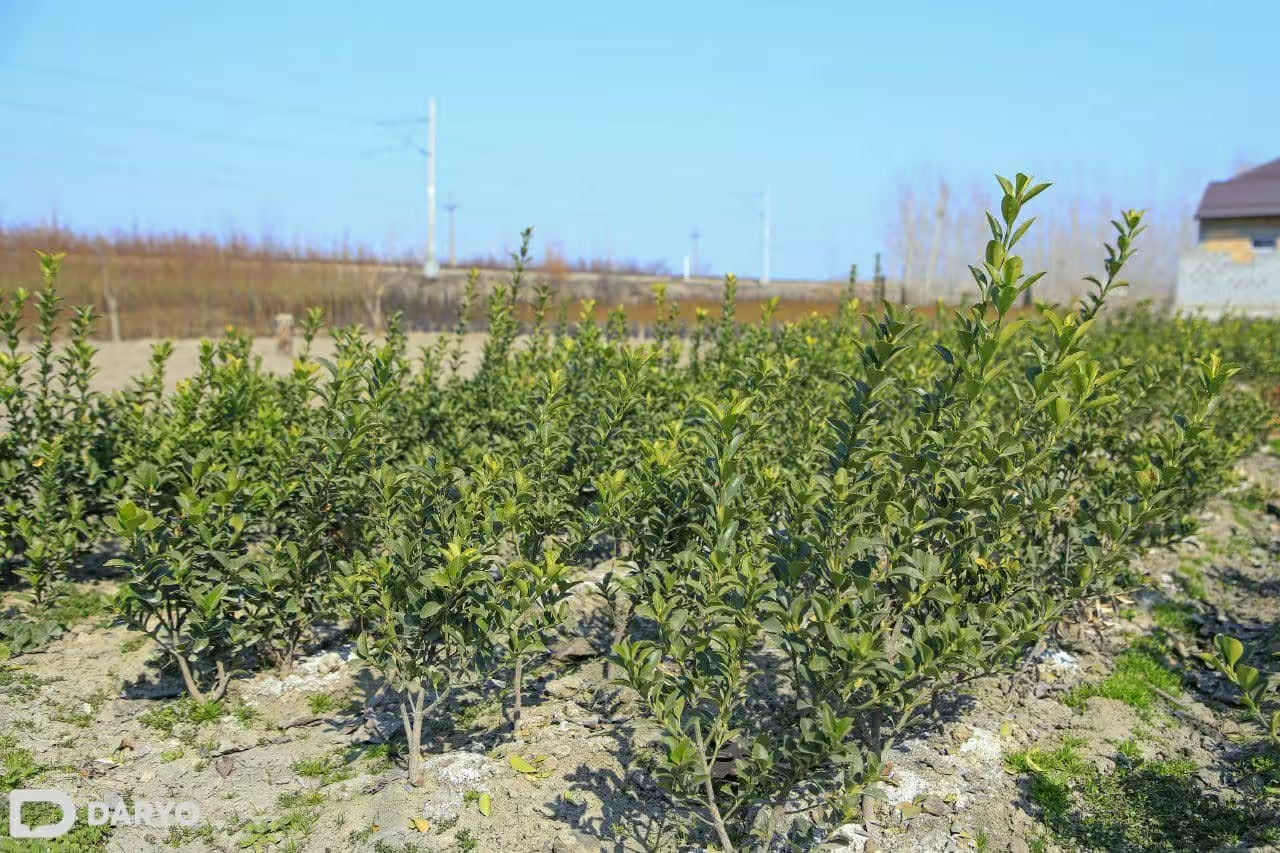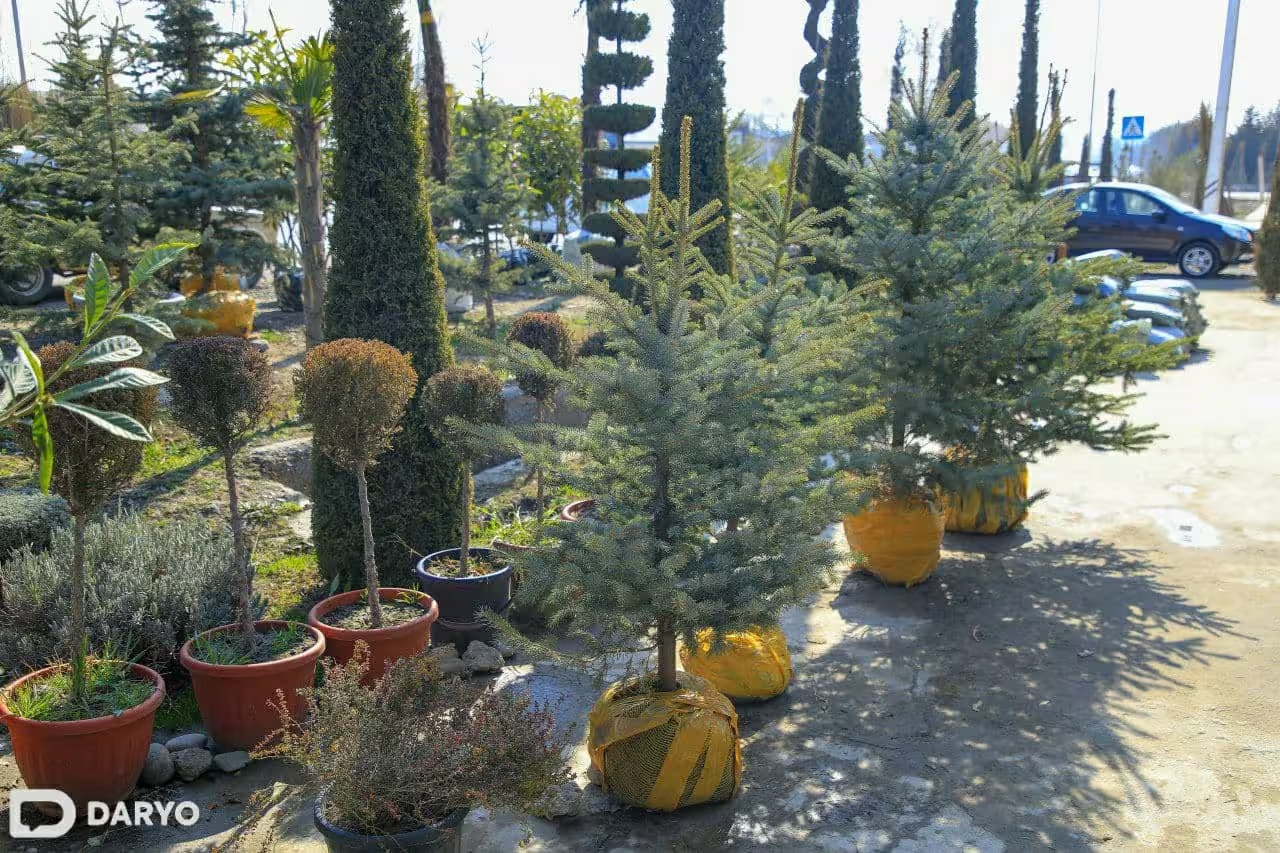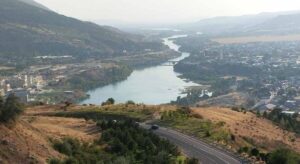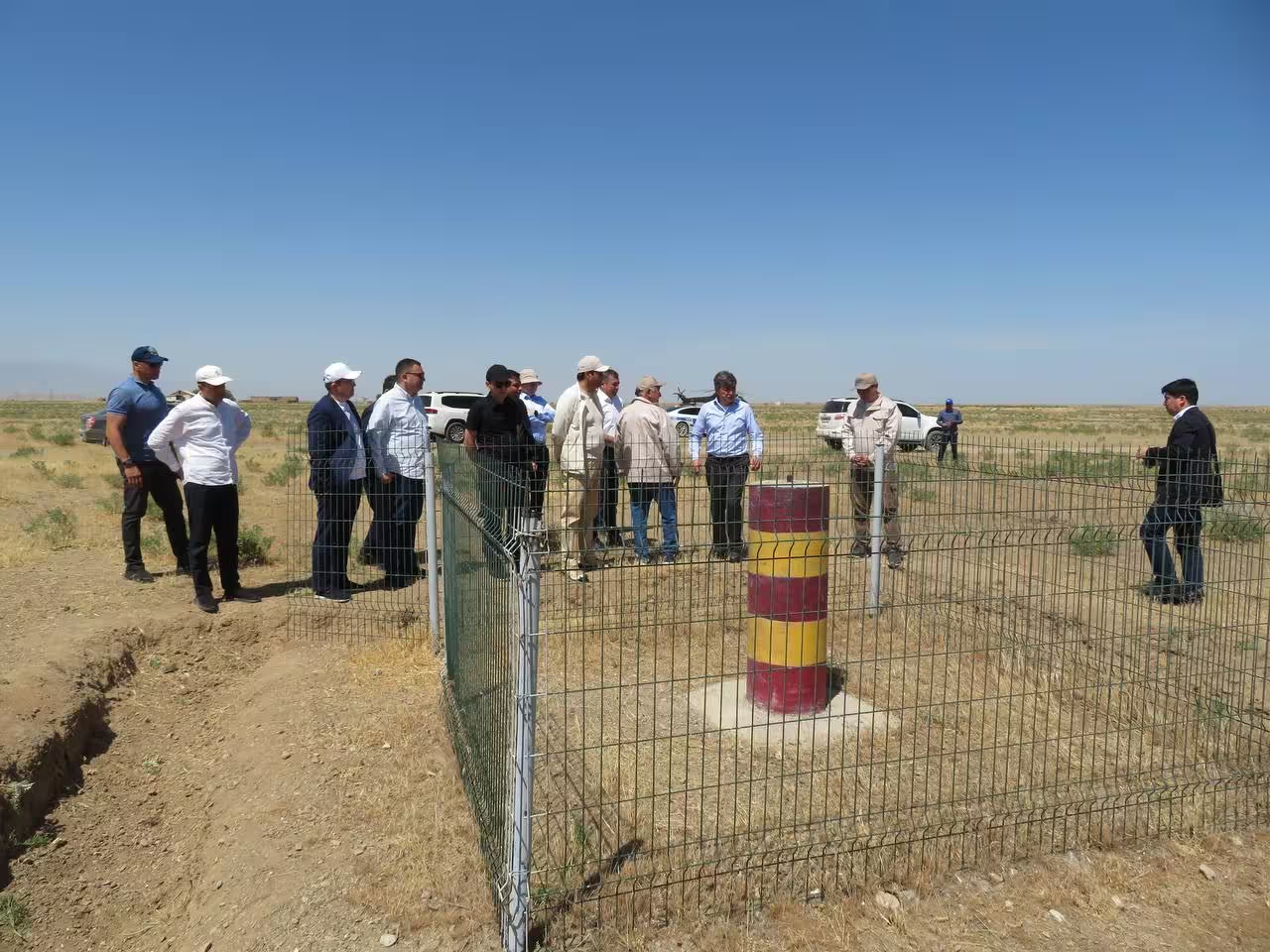As part of Uzbekistan’s ongoing efforts to promote environmental sustainability, over 136mn tree and shrub seedlings have been planted across the country in spring 2025. This initiative is part of the nationwide “Yashil Makon” (“Green Nation”) project, which aims to significantly enhance the country’s green coverage.

Launched in 2021 under the leadership of President Shavkat Mirziyoyev, the “Yashil Makon” project is designed to plant at least 200mn tree and shrub seedlings annually, with the goal of increasing Uzbekistan’s green coverage to 30%.
The Department for the Development of Forestry, Protected Natural Areas, and Combating Desertification, under the Ministry of Ecology, reported impressive progress. Since the project’s inception, significant numbers of seedlings have been planted: 86mn in autumn 2021, 203mn in 2022, 220mn in 2023, and 227mn in 2024.
As a result, the total number of seedlings planted over the past four years has reached 872mn. Furthermore, the area of green plantings on the dried seabed of the Aral Sea and in the surrounding region has expanded to 2mn hectares.

In alignment with the national agenda, the presidential decree on the state program for implementing the Uzbekistan – 2030 Strategy in the ‘Year of Environmental Protection and Green Economy’” has set a target of planting 200mn trees and shrubs in 2025. This includes efforts under both the “Yashil Makon” and “My Garden” projects, with a focus on enhancing the ecological appearance of neighborhoods, increasing street greenery, and improving environmental quality in urban areas.
A key component of the environmental strategy is the creation of a 100,000-hectare green zone on the dried seabed of the Aral Sea. Additionally, the expansion of forested areas in the Aral Sea region is expected to reach 2.1mn hectares.
Experts emphasize the environmental benefits of these greening efforts. For instance, one hectare of haloxylon (saxaul) trees in desert regions can absorb approximately 1,158 kg of carbon dioxide annually while releasing a similar amount of oxygen.
In addition, haloxylon trees help combat desertification by retaining up to 3 tons of sand and dust. In mountainous areas, juniper trees contribute to human health by producing about 30 kg of phytoncides per year—natural substances known for their health benefits.




